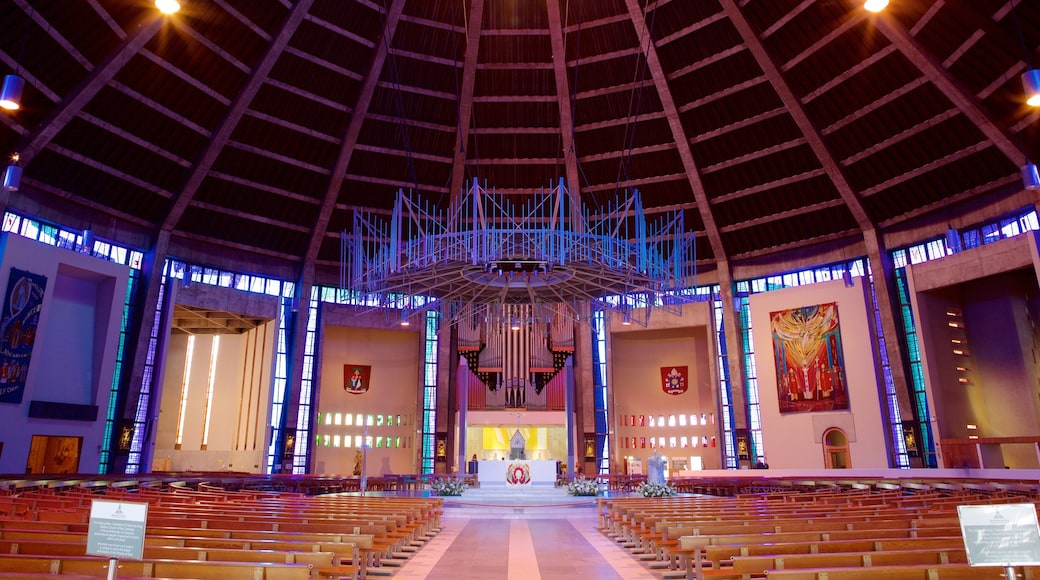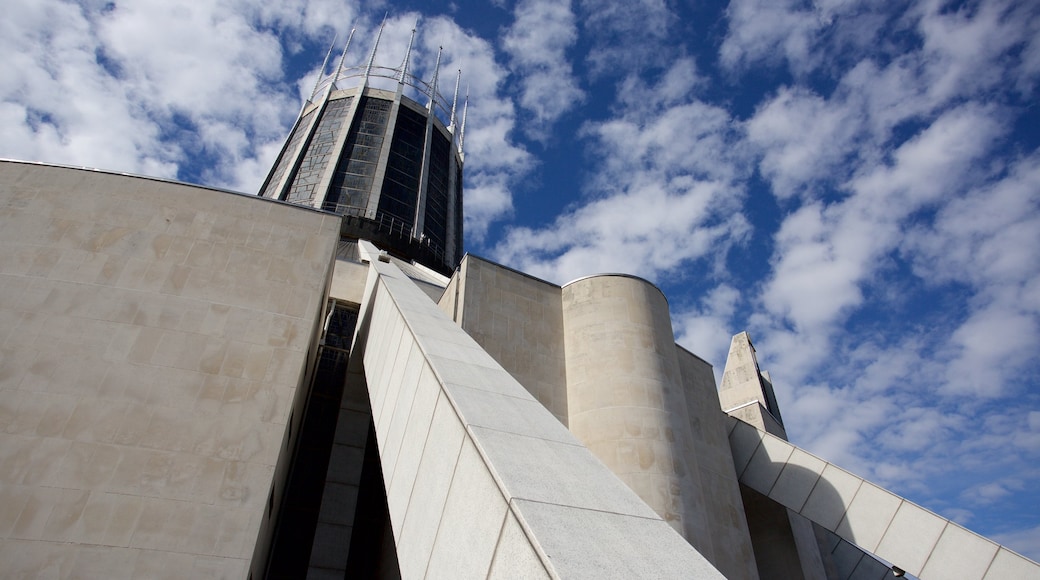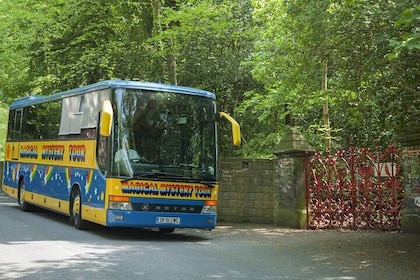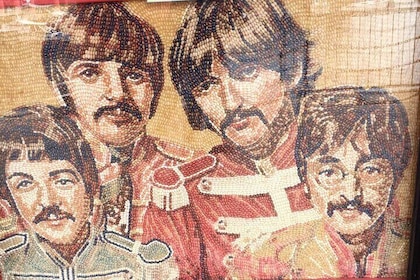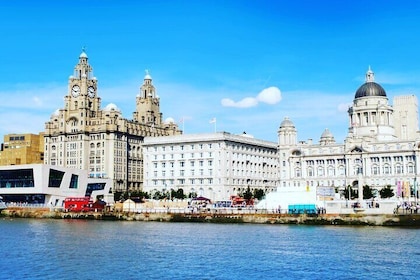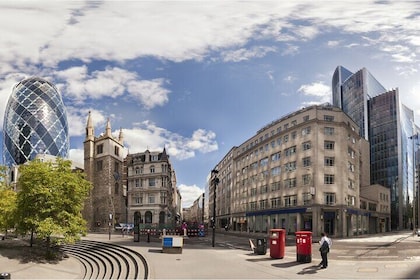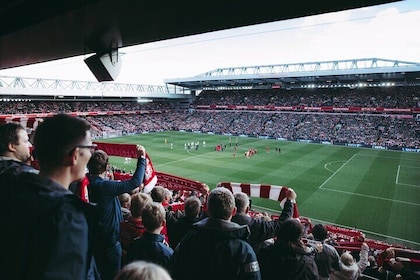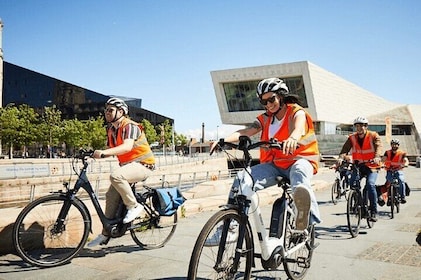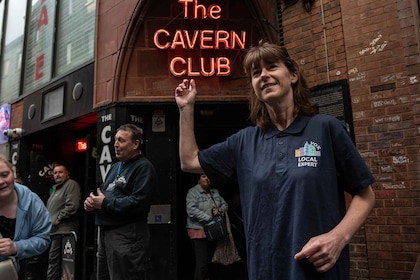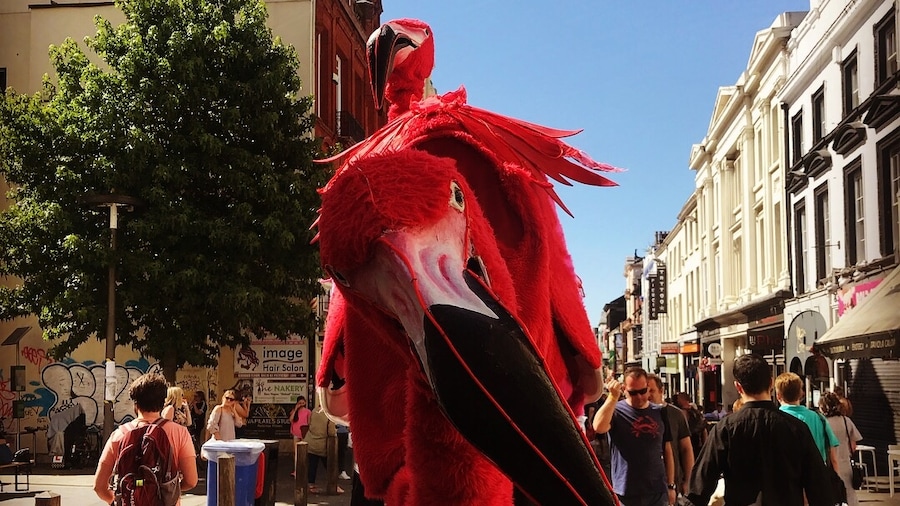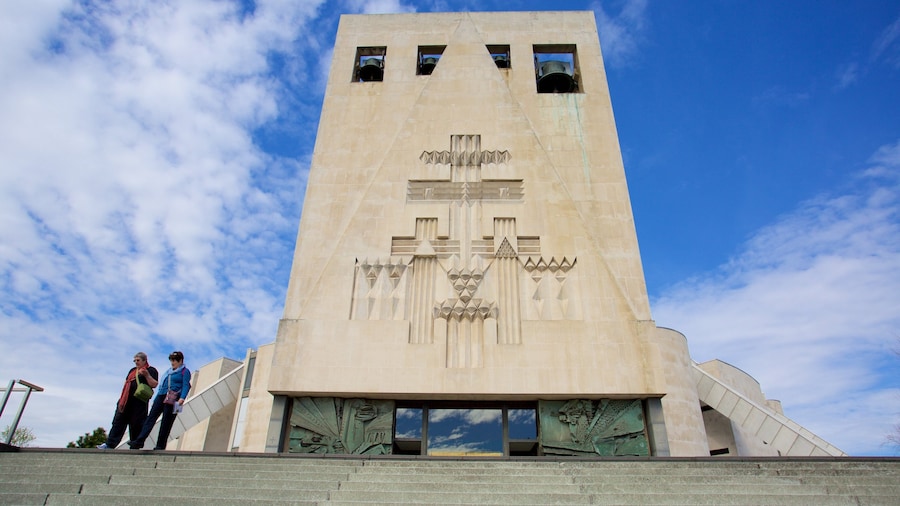Known locally as Paddy’s Wigwam, this modernist building is a fabulous piece of architecture that looks like a large tent.
Liverpool Metropolitan Cathedral is an architectural marvel, a vast concrete structure shaped like a teepee. Inside, the expansive nave and gorgeous stained-glass windows also impress.
Plans for the cathedral were initially drawn up by Sir Edwin Lutyens, but construction was stalled by the outbreak of World War II and a lack of funding. In 1960, the project was revived and a competition was launched inviting architects to submit designs. Heathrow Airport architect Sir Frederick Gibberd won and in 1967, the cathedral was consecrated.
Look up at the church’s funnel-shaped tower which is filled with stained-glass pieces. Locals coined the nickname Paddy’s Wigwam in reference to its distinctive form.
Venture inside to the huge circular nave, which is surrounded by nine chapels. Perhaps the most striking aspect of the interior is the use of stained glass. Vertical stained-glass windows run from the floor upward and beam with shades of blue and purple. Above them in the central tower the windows cast a kaleidoscope of colors down on the interior. There are also smaller stained-glass windows dotted around the building.
Study the works of religious art on the walls and stop by the white marble altar, situated in the center of the cathedral.
Descend the spiral staircase to the crypt. Noted for its brickwork and vaulted ceilings, this is the only part of Lutyens’ original design to be realized. While you’re down here, check out the sacred vessels and vestments held in the Treasury. The large crypt can hold several hundred people and is occasionally used as a concert venue. Visit the cathedral’s website to see if there is a performance scheduled during your time in the city.
Liverpool Metropolitan Cathedral is about a 10-minute walk from the city center and is also served by several bus routes. For drivers, there is underground car park where you can park for a fee. The cathedral is open daily and is free to enter. A small entrance fee is required for the crypt, which is closed on Sundays.

